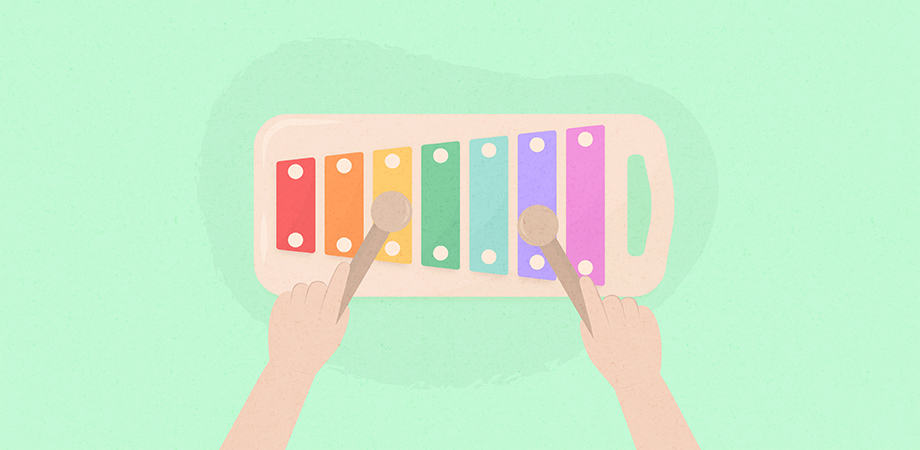The world of your 2-year-old is full of exciting possibilities. They are developing quickly, and you will find them ready to dive into learning experiences. They are actively looking for ways to assert their independence and test their boundaries (and yours!).
Learning activities for 2-year-olds should look at their development holistically and engage them in new ways of thinking. Toddler learning activities are a fun way for you to connect with your child as you learn and grow together.
Play-Based Learning for Toddler Development
When your 2-year-old is playing, they are learning how the world works. Play ignites their curiosity and gets them to think creatively about simple tasks.
“Play is our brain’s favorite way of learning” – Diane Ackerman.
Here are some other ways that play is beneficial for development:
- Practice life skills
- Improves communication
- Develops empathy
- Encourages imagination
- Allows for independence and autonomy
- Fosters problem-solving skills
17 Learning Activities for Your 2-Year-Old
When it comes to educational activities for toddlers, you want to make them hands-on and fun. Learning should be joyful and creative. Fun activities can teach your child and keep them happily immersed in play.
Activities for Gross Motor Skills Development
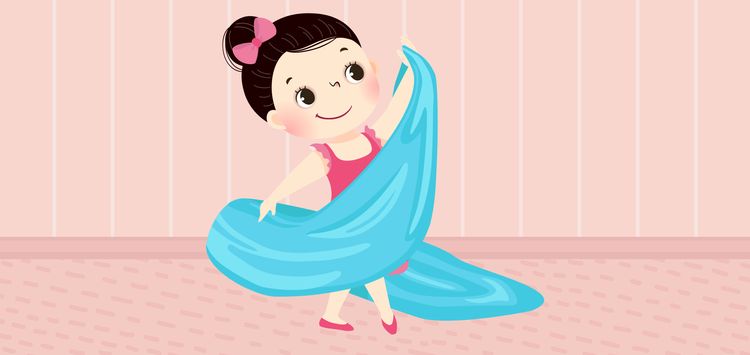
1. Play Silks and Dancing
There is something magical about watching a child lost in their own world. Play silks are a great way to encourage imaginative movement in little kids.
Put on some music and let your little one move to the rhythm. This unstructured activity allows them to use any movements they want. The play silks help them move their bodies, become aware of themselves within a space, and embody different characters.
Fun Tip: Try music that evokes different moods. Watch as your child adjusts their movements to the music.
Benefits:
- Imagination
- Free movement
- Express emotion
2. Animal Imitation
What toddler doesn’t love pretend play?
You can use animal cards, toy animals, or even recorded animal sounds for this activity. Help your child think about how each animal moves and then watch as they try to imitate that movement. They can include the sound the animal makes to really get into character.
Fun Tip: Do this activity with your child. Yes, it may seem silly, but they will love it. Play is how our kids communicate with us, and something special happens when we join them in their world.
Benefits:
- Crossing the midline and gross motor skills
- Builds core strength
- Improves focus and attention
3. Mud Monster
Getting dirty is a great way to learn and a fun activity. Not only is mud a fantastic sensory experience, but it contains friendly bacteria that stimulate the release of serotonin.
To create your mud monster, draw one on a wall with mud or build one around a hula hoop placed on the ground. Your toddler will then make mud balls and have to throw them into the mud monster’s mouth. Your 2-year-old is learning to throw overhand at this stage, and this is a fun activity to practice.
Fun Tip: Let your toddler help you make the mud. The process of mixing sand and water is a valuable learning opportunity.
Benefits:
- Develops tactile skills
- Strengthens throwing motion
- It helps them identify their dominant arm
Activities that Develop Fine Motor Skills
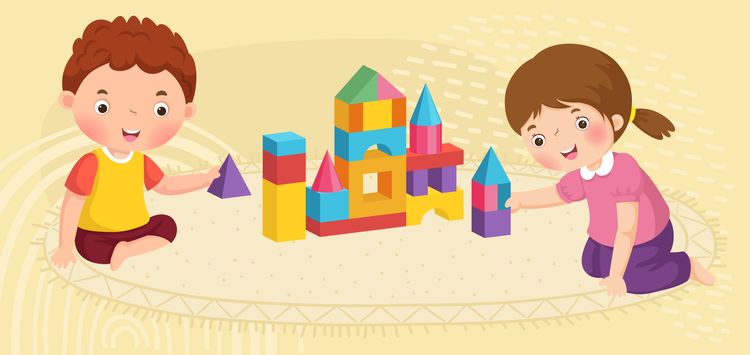
4. Building Blocks
Building blocks are a classic toddler activity that has a multitude of benefits. Simply place a bag of blocks on the floor and watch as your little one begins to create. At this age, your 2-year-old will be able to build a tower of 4-7 blocks, opening up a world of possibilities for them.
Fun Tip: Add other elements such as cars, animals, and wood planks. This will help your toddler play with the blocks in new and imaginative ways.
Benefits:
- Problem-solving
- Imagination
- Early math skills
5. Simple Tracing
Your 2-year-old might not be holding a pencil confidently, but they will enjoy simple tracing activities. They will help them develop tensile strength in their fingers and work on their fine motor skills.
Use simple shapes and lines with an easy-to-follow dot-to-dot pattern. A chunky pencil or marker will work best for your child’s inexperienced fingers.
Fun Tip: Start with sidewalk chalk to encourage large, free-flowing movements. Before starting with a pencil, try a Q-tip and paint to follow a series of dot patterns.
Benefits:
- Hand-eye coordination
- Concentration
- Crossing the midline
6. Paper Washing Line
Reaching the washing line outside might be tricky, but you can create a mini version indoors. All you need is a cardboard box, some twine, and two pieces of dowel rod. You can cut out clothing from cardboard and let your 2-year-old peg them onto the line.
Fun Tip: You can use clothes pegs to hang up art, count, color sort, and paint with. They are a versatile option for 2-year-old development activities.
Benefits:
- Improve pincer grasp
- Motor accuracy
- Hand preference
7. Playdough Jars
Play dough is fantastic for sensory play and fine motor skills development. Put playdough and loose parts into different jars with the lids on. Then let your toddler open the jars and empty the contents. Opening the jars is good fine motor practice and your toddler is also at a stage where they love to empty containers.
Fun Tip: Ask your toddler to sort the items and place them back into the jars at the end of the activity.
Benefits:
- Strengthens fingers, hands, and wrists
- Improves concentration
- Hand-eye coordination
Activities for Language Development
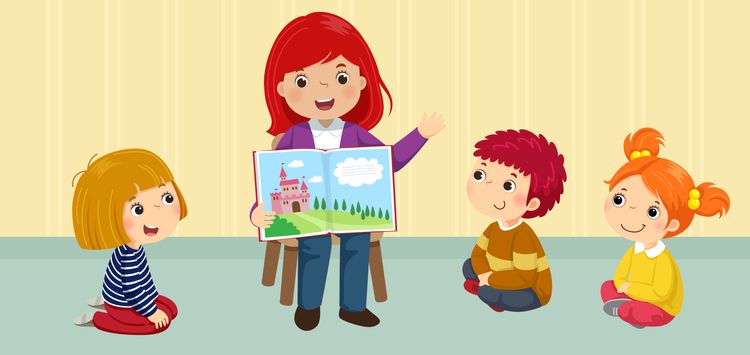
8. Picture Books
Picture books are essential in child development, particularly for emergent language. Reading picture books allows you to foster connection with your toddler while demonstrating a love of reading. Your 2-year-old will also learn to connect the words to the pictures. This will help them understand their meaning better.
Fun Tip: Play a game of ‘spot the x.’ You can help your child learn new words as they associate them with a picture.
Benefits:
- Listening skills
- Strengthen visual thinking skills
- Encourage conversations
9. Mystery Bag
This is a versatile game that you can play with almost any object. Put a selection of things into a bag. Ask your toddler to reach into the bag and try and name an object they feel before pulling it out. This is a fun way to introduce new words to your child’s vocabulary.
Fun Tip: For an interesting variation of this game, draw the outline of your toddler’s body on a large piece of paper. Then ask them to point to and name their different body parts.
Benefits:
- New vocabulary
- Grouping
- Improved tactile sense
10. Story Cubes
Story cubes have scenes/characters/objects depicted on them. Your toddler can choose the order of the cubes, and you can create a story together. This activity is excellent for teaching toddlers about creative thinking and future scenarios.
Fun Tip: Incorporate tower building into the process. Then start the story from the top of the tower and reverse it. This is a fun way to introduce the concepts of top and bottom while helping your toddler use their imagination.
Benefits:
- Creativity
- Imaginative play
- New vocabulary
11. Nursery Rhymes
Nursery rhymes are great for teaching 2-year-olds about phonics and help with language development. Keep your rhymes simple and choose ones with repetitive verses.
Some great nursery rhymes for 2-year-olds are Incy Wincy Spider, Old MacDonald, Twinkle Twinkle Little Star, Humpty Dumpty, and Hickory Dickory Dock.
Try to incorporate rhymes that have corresponding movements. The car is also great for practicing nursery rhymes with your toddler.
Benefits:
- Develop motor skills
- Teach grammar
- Introduce counting, colors, and shapes
Activities for Social/Emotional Development
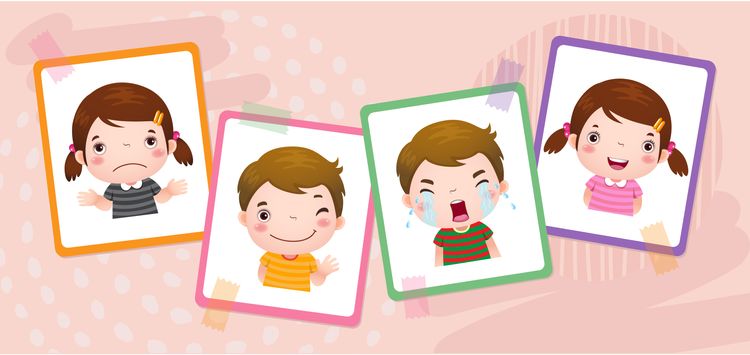
12. Emotion Cards
2-year-olds are learning about themselves in relation to other children so talking about emotions is vital. Emotion cards work well as they show the picture that relates to a feeling. Start your day with the emotion cards and regularly bring them out.
Fun Tip: Take a ‘sportscasting’ approach to toddler behavior. That means you observe and repeat the facts of the situation. This allows your toddler to feel and deal with the emotion for themselves.
Benefits:
- Builds empathy
- It helps them learn self-regulation and self-control
- Emotional vocabulary development
13. Simon Says
2-year-olds are starting to copy the behavior they see around them. That makes Simon Says a fun and simple game to play. Your toddler is also becoming more aware of themselves, and Simon Says is a fun way to start teaching them about the parts of their body.
Fun Tip: Use the anatomical names for body parts. Children must know the real names as they become aware of themselves and their bodies.
Benefits:
- Developing body awareness
- Sequencing Skills
- Following instructions
14. Kitchen Time
Your 2-year-old is becoming more independent, and you may find them increasingly defiant. Spending time in the kitchen is a great way to help them feel empowered and capable.
Simple cookies, scrambled eggs, and banana muffins are easy recipes that your 2-year-old can make with you.
Fun Tip: Involve them in the whole process by allowing them to crack, mash, and scoop but also wash up.
Benefits:
- Basic math skills
- Builds independence
- Boosts confidence
Activities for Cognitive Development
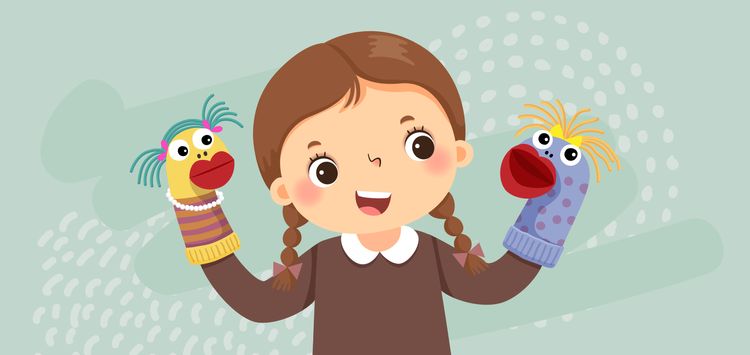
15. Puppet Play
Puppet play is an amazing developmental tool for toddlers. Your 2-year-old is starting to engage in make-believe play and new language. Puppets encourage creativity, imagination, and new vocabulary. It also helps develop social skills.
Fun tip: You don’t need fancy puppets. Toddlers love craft activities, so why not make your own out of socks? You know, the ones that make it out of the dryer without a partner?
Benefits:
- Motor skills
- Builds self-confidence
- Listening skills
16. Treasure Hunt
A treasure hunt is a versatile learning experience that you can use repeatedly. For example, you can have a color hunt where your toddler has to find items in the house that are a specific color. Or you can stick shapes around the house and ask them to find and sort them.
Fun Tip: Take this activity outside for a diverse sensory experience with different textures.
Benefits:
- Problem-solving
- Color identification
- Sorting
17. Sorting Basket
Sorting baskets are another fun matching game to help your toddler learn colors, numbers, shapes, and sizes. You can put almost anything in a sorting basket, from leaves and stones to blocks and fabric scraps.
Fun Tip: Mix up textures and color shades to challenge your toddler.
Benefits:
- Develops reasoning and thinking skills
- Encourage categorizing
- Early literacy and numeracy skills
Teaching Your Toddler Through Play
Play-based learning opportunities are the best activities to get your toddler engaged and excited. They allow you to introduce complex concepts through simple play that your 2-year-old can easily understand.
Watching your little one engage with the world around them is a magical time, so get on their level and get playing.
